Top 10 Largest Telescopes in the World 2025
By ICON TEAM | Published on Jun 24, 2025
List Of Top 10 Largest Telescopes in the World 2025:
The creation of ever-more-powerful telescopes has become essential to astronomical study as human curiosity about the universe grows. With their state-of-the-art technology, these enormous devices act as our eyes into the cosmos, exposing exoplanets, distant galaxies, and cosmic phenomena that test our comprehension of life. Astronomical observatories in 2025 are characterized by both large, functioning facilities and ambitious projects that are almost finished. The top ten largest telescopes in the world are examined below, along with their distinctive designs, locations, and ground-breaking discoveries, in order of size, capabilities, and scientific achievements.
1. Gemini South:
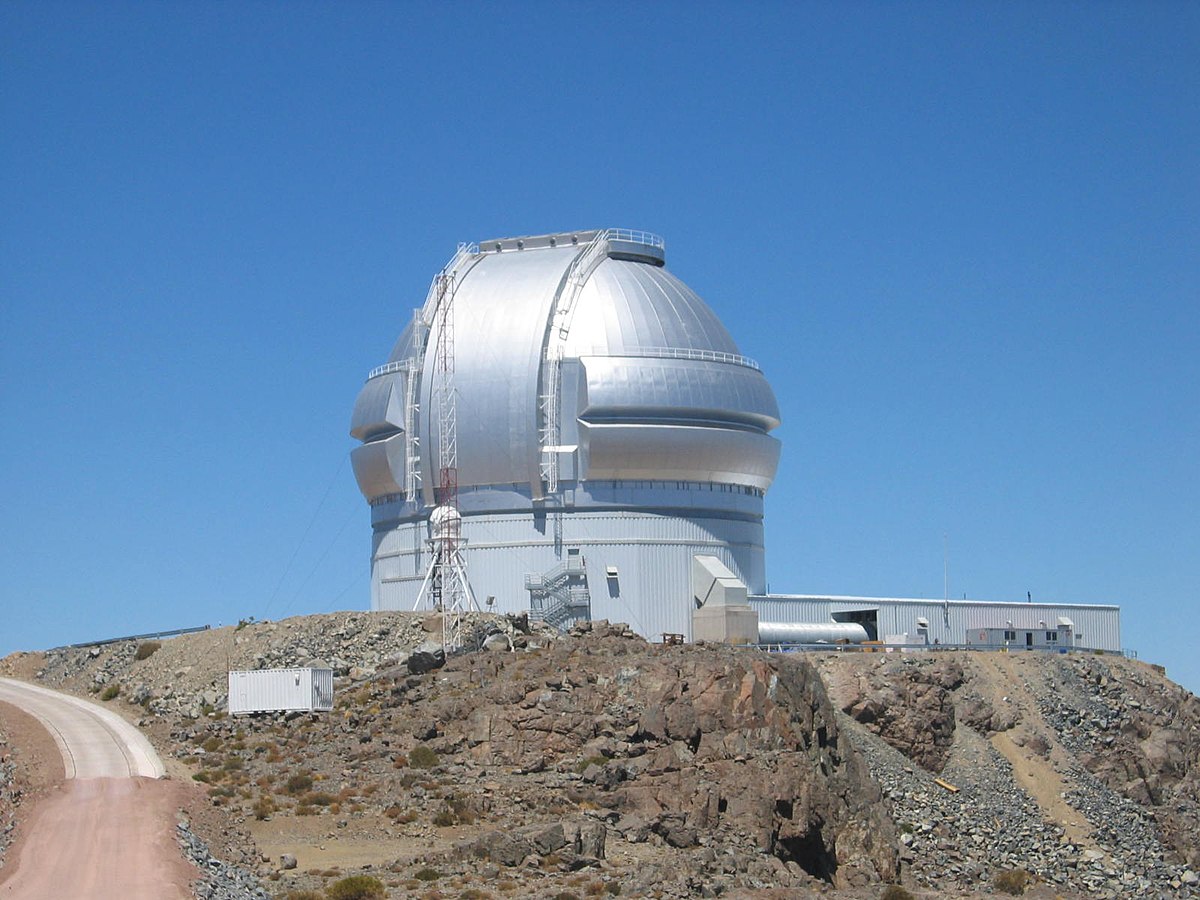
Together with its twin, Gemini North, in Hawaii, Gemini South is half of the International Gemini Observatory and is situated on Cerro Pachón in the Andes Mountains of Chile. Gemini South is one of the biggest single-aperture optical telescopes in the southern hemisphere, with a primary mirror of 8.1 meters. Its high-altitude setting in the Atacama Desert offers remarkably bright sky, making it the perfect place to see celestial objects. Sharp views of far-off stars and galaxies are made possible by the telescope's sophisticated adaptive optics system, which compensates for atmospheric distortion. When paired with Gemini North, Gemini South provides astronomers with extensive sky coverage, which has been crucial for the study of exoplanets and supernovae. It is an essential instrument for worldwide astronomical study because of its adaptability and international cooperation, which includes the United States, Canada, Chile, Brazil, and Argentina.
2. Giant Magellan Telescope:
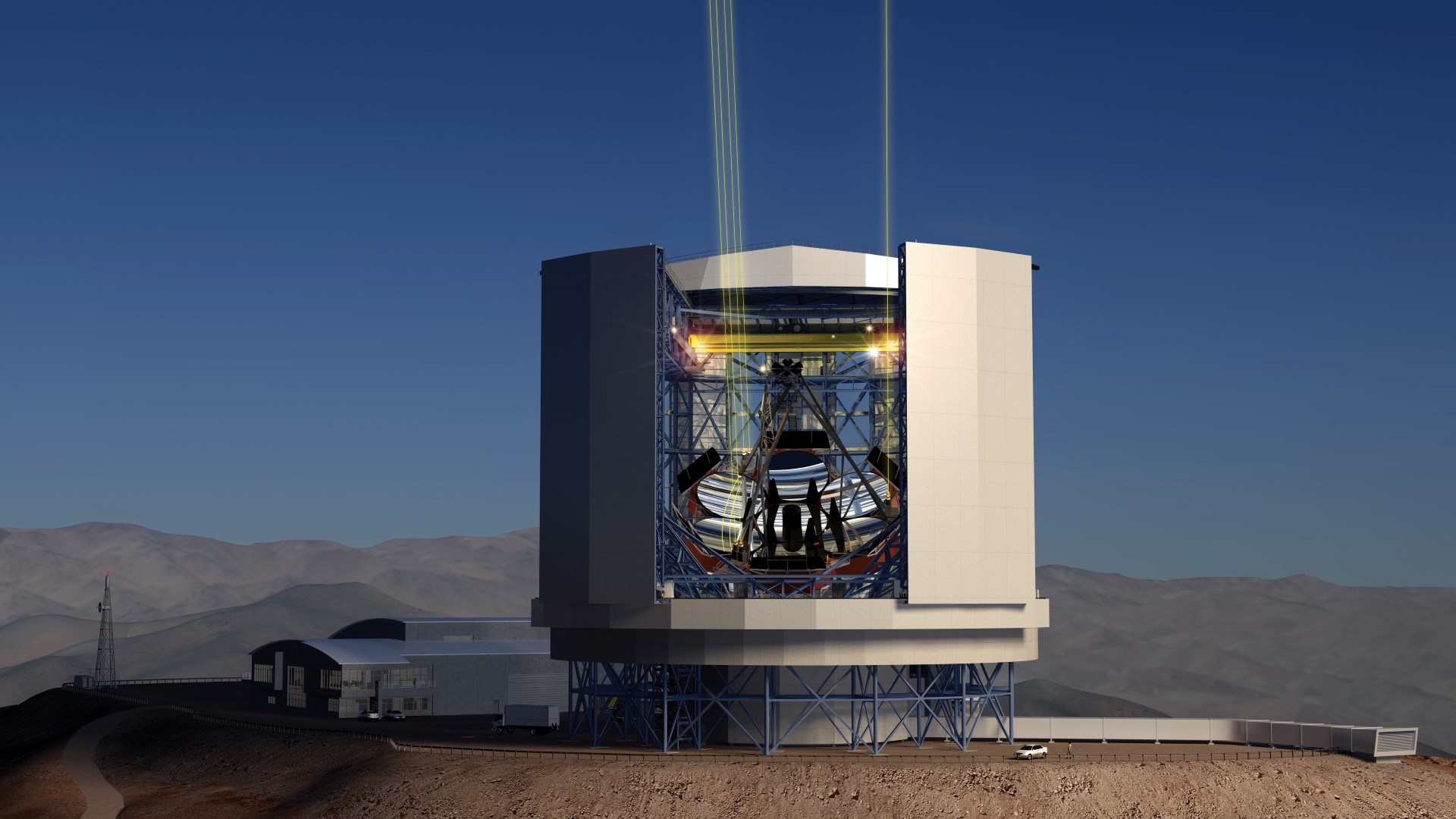
The Las Campanas Observatory in Chile's Atacama Desert is currently building the Giant Magellan Telescope (GMT), which has the potential to revolutionize ground-based astronomy. The GMT, which is expected to be first lit in 2029, will have unparalleled light-gathering capability and resolution thanks to its seven 8.4-meter mirrors organized to work as a single 24.5-meter aperture. This design outperforms several current telescopes with an effective aperture equal to a 21.4-meter mirror. The GMT is perfect for examining exoplanet atmospheres, dark matter, and the early cosmos because of its position in the arid, high-altitude Atacama Desert, which reduces atmospheric influence. The GMT is a $2 billion investment in humanity's quest to understand the universe, backed by a worldwide consortium that includes the United States, Australia, Brazil, Chile, Israel, and South Korea.
3. Magdalena Ridge Observatory Interferometer:
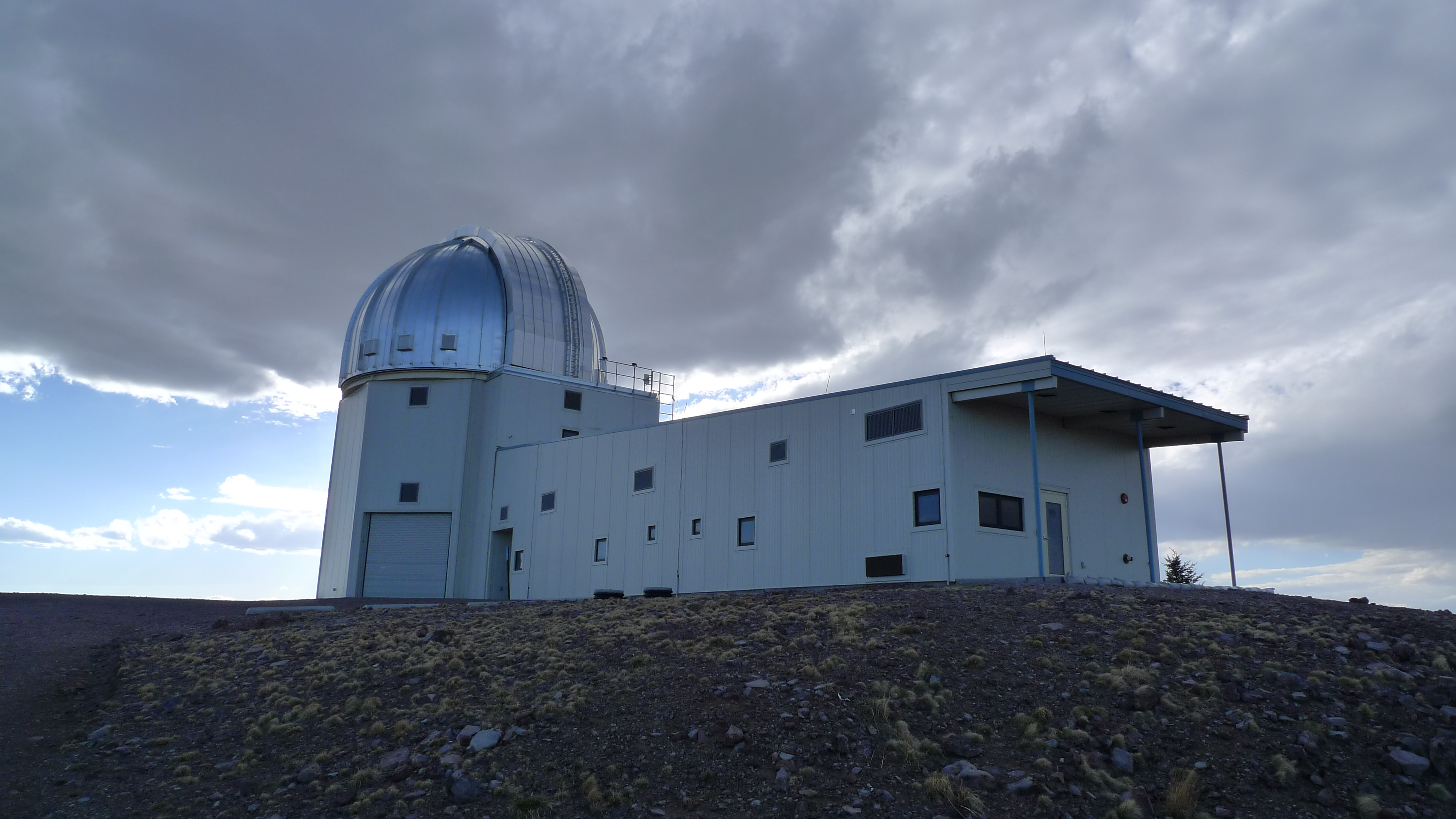
The Magdalena Ridge Observatory Interferometer (MROI), a bold initiative aimed at expanding the possibilities of optical interferometry, lies tucked away in the Magdalena Mountains of New Mexico. The MROI is made up of 10 1.4-meter telescopes that, when combined, provide the resolution of a much larger instrument and the light-gathering power of a 4.4-meter single-aperture telescope. The first telescope was put in place in 2016, but because of financial difficulties, work was put on hold in 2019 and was still on hold as of 2025. The MROI will give astronomers a unique view of the cosmos by enabling high-resolution photography of stars, black holes, and other compact objects once it is operational. Its creative design demonstrates how interferometry can produce outcomes on par with considerably larger single-mirror telescopes.
4. Subaru Telescope:
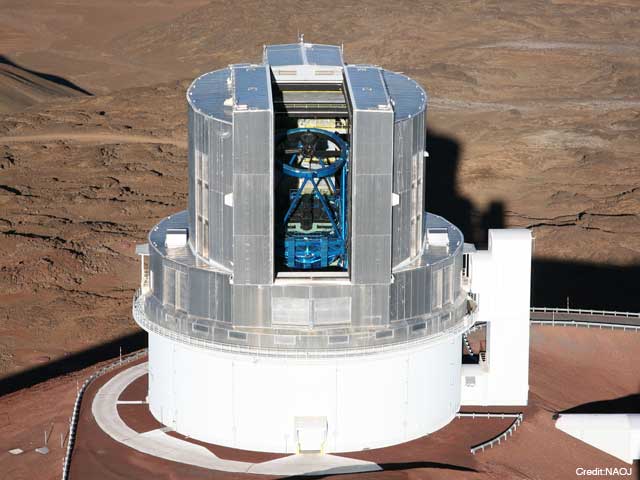
The Subaru Telescope is situated at the Mauna Kea Observatory in Hawaii and is run by the National Astronomical Observatory of Japan. This 8.2-meter single-piece mirror telescope, named for the Pleiades star cluster, has been in use since 1999. Subaru is a choice for researching the early cosmos and exoplanets because of its monolithic mirror design, which is among the largest of its kind and enables remarkable image quality and wide-field studies. Large-scale sky surveys are made possible by its sophisticated instruments, such as the Hyper Suprime-Cam, and its high height of 4,139 meters guarantees little air distortion. Subaru's position as a leader in optical and infrared astronomy has been solidified by its contributions to the mapping of dark matter and the discovery of far-off galaxies.
5. Thirty Meter Telescope:
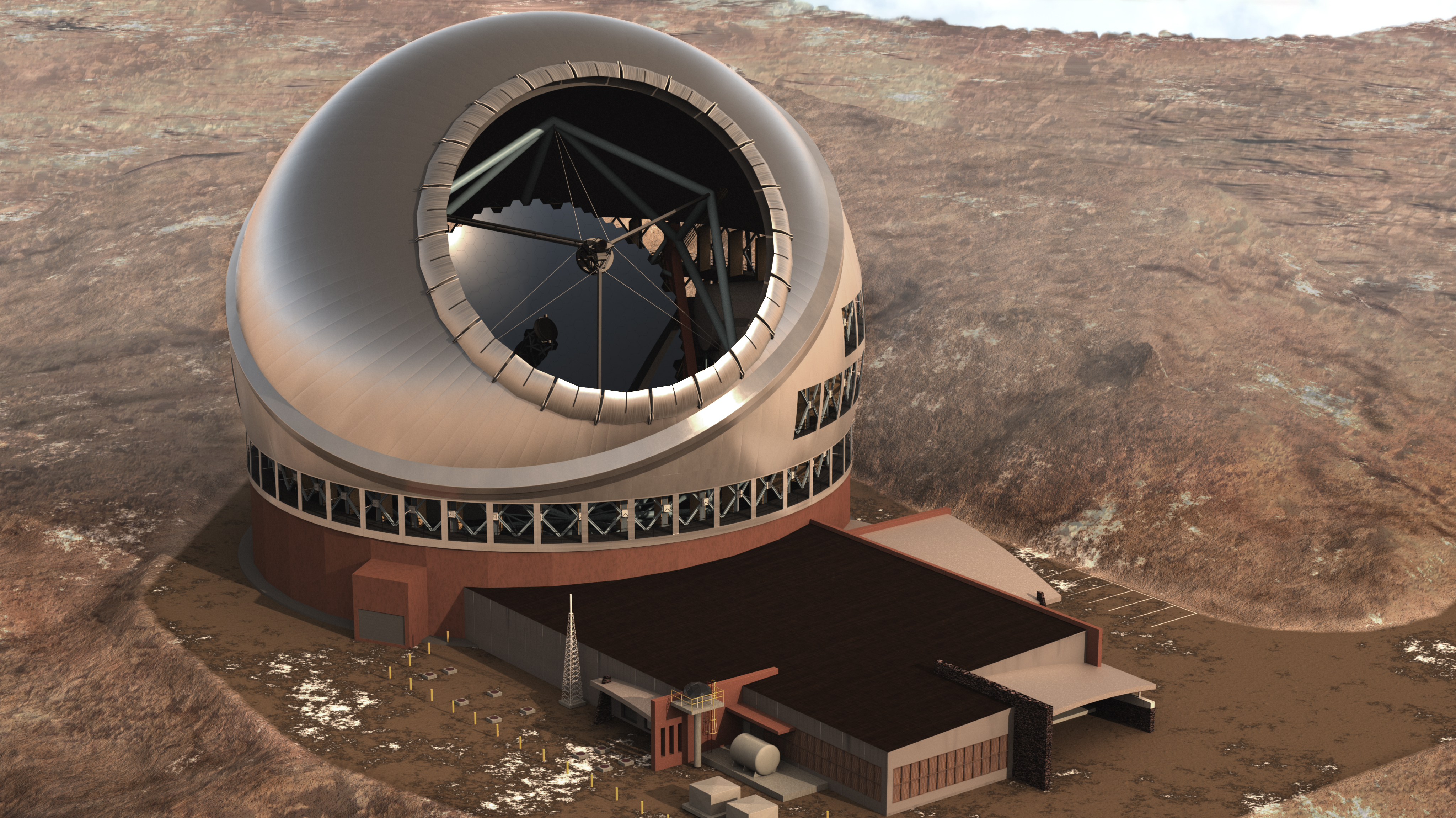
One of the most anticipated extremely large telescopes (ELTs) is the Thirty Meter Telescope (TMT), which is slated to be installed on Mauna Kea in Hawaii. The TMT promises to gather nine times as much light as the W. M. Keck Observatory thanks to its 30-meter primary mirror, which is made up of 492 hexagonal pieces. Due to disputes regarding its placement on Native Hawaiian property, construction was put on hold in 2015 after it had started in 2014, and as of 2025, it is still not moving forward. If finished, the TMT's large aperture and sophisticated adaptive optics will allow for in-depth research on black holes, exoplanets, and the first galaxies in the cosmos. The project, which is headed by Caltech, the University of California, and international collaborators, is a prime example of the difficulties in striking a balance between cultural and environmental concerns and scientific aspirations.
6. Gran Telescopio Canarias:
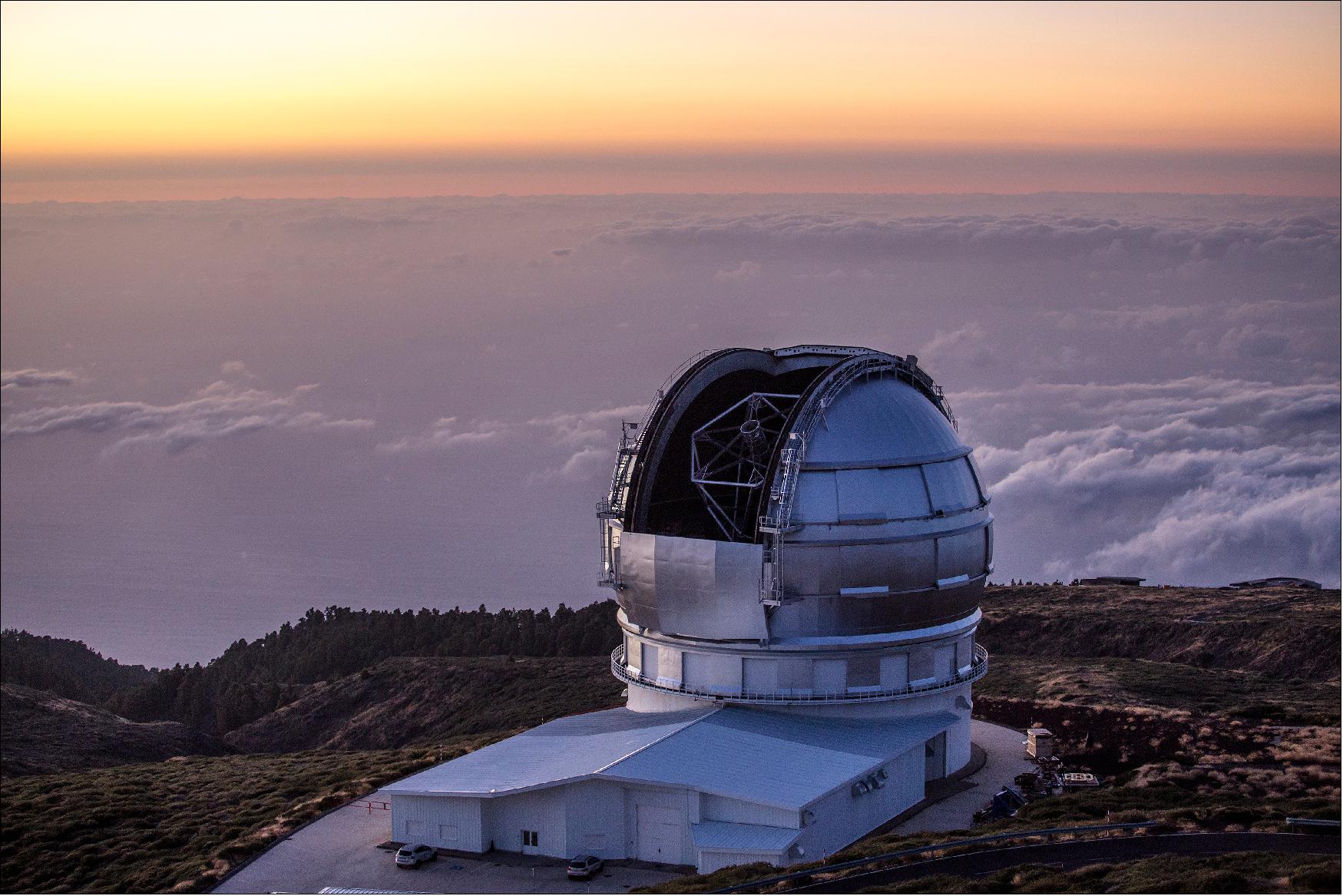
With a segmented mirror measuring 10.4 meters, the Gran Telescopio Canarias (GTC), situated at the Roque de los Muchachos Observatory on La Palma, Spain, is the largest single-aperture optical telescope in the world. The 36 hexagonal parts of the GTC have been in operation since 2009 and gather light to create deep-space photographs of pulsars, galaxies, and supernovae. Its capacity to view dim objects is improved by the clear, calm skies at its high-altitude location of 2,267 meters. Thanks to tools like HiPERCAM, the GTC, a partnership between Spain, Mexico, and the University of Florida, has been able to study cosmic events with previously unheard-of resolution and take pictures of galaxies 500 million light-years away. The fact that it cost €130 million to build highlights how important it is as the highest level of astronomical engineering.
7. Large Binocular Telescope:
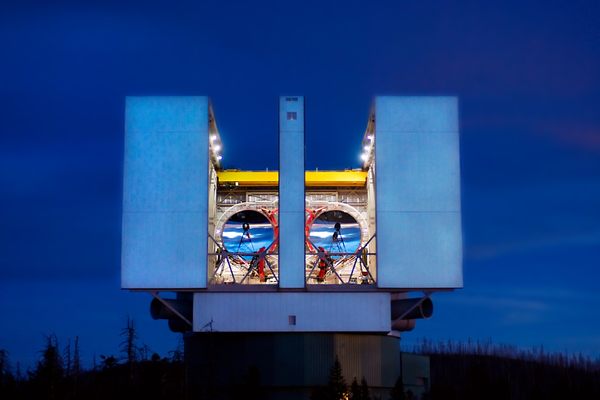
Located on Mount Graham in Arizona, the Large Binocular Telescope (LBT) is a unique telescope that uses interferometry to provide the resolution of a 22.8-meter instrument and the light-gathering power of an 11.8-meter telescope by mounting two 8.4-meter mirrors side by side on a single mount. The LBT has been in operation since 2005. Its binocular design enables stereoscopic imaging, providing depth and detail in views of exoplanets and galaxies. Its 3,200-meter altitude reduces atmospheric interference, and in certain situations, its sophisticated optics yield photos that are sharper than those from the Hubble Space Telescope. By observing far-off galaxies like NGC 891 and NGC 2770, the LBT—a partnership between the US, Italy, and Germany—has improved our knowledge of cosmic architecture.
8. Southern African Large Telescope:
With an effective aperture of 9.2 meters, the Southern African Large Telescope (SALT), housed at the South African Astronomical Observatory in the Northern Cape, is the biggest optical telescope in the southern hemisphere. The 91 hexagonal segments that make up SALT's primary mirror, which has been in operation since 2005, are based on the Hobby-Eberly Telescope but have been tuned for better image quality and sensitivity to short wavelengths. Its fixed zenith angle of 37 degrees provides access to a significant area of the southern sky, making it perfect for spectroscopic observations of black holes, galaxies, and quasars. The first white dwarf pulsar and studies of huge star explosions are among the discoveries made by SALT. Its ability to examine weak objects that are undetectable from the northern hemisphere is enhanced by its isolated, dark-sky location.
9. Hobby-Eberly Telescope:
Located at the McDonald Observatory in West Texas, the Hobby-Eberly Telescope (HET) is a 10-meter optical telescope principally used for spectroscopy. It has been in operation since 1997. Its 91 hexagonal-segment mirror, which has a 9.2 m useable aperture, is fixed at a 55-degree angle and uses instrument rotation to follow objects. The $43 million cost-effective design of the HET has made it a frontrunner in the research of black holes, exoplanets, and distant galaxies. Calculating galactic rotation speeds and determining the mass of a black hole located 220 million light-years away are two noteworthy discoveries. The HET is an essential instrument for comprehending stellar and galactic evolution because of its spectroscopic capabilities, which have also found a large number of exoplanets.
10. W. M. Keck Observatory:
The two 10-meter telescopes, Keck I and Keck II, at the W. M. Keck Observatory on Mauna Kea, Hawaii, have been in operation since 1993 and 1996, respectively. The remarkable light-gathering power of each telescope's 36 hexagonal-segment mirror is augmented by adaptive optics that rectify atmospheric distortion. Exoplanet discovery, mapping of the Milky Way's supermassive black hole (for which the Keck telescopes were awarded a Nobel Prize in 2020), and research into distant galaxies have all benefited greatly from their use. Unmatched clarity is guaranteed by their 4,145-meter high location, which is above a large portion of Earth's atmosphere. With its headquarters in Waimea, the Keck Observatory, which is supported by both public and private money, continues to be one of the most scientifically productive ground-based facilities. It also facilitates international astronomical collaboration.
Comments 0